
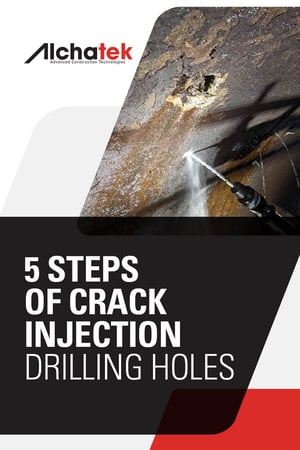 I remember my first day on the job back in June of 1985. We were working nights in the subway tunnels of Atlanta, sealing leaks in the ceiling. The crew handed me a 30-pound hammer drill and told me to drill holes in the ceiling at a 45-degree angle. Sure, what the heck is a 45-degree angle? I put on a lot of muscle that summer drilling overhead and hauling 50-pound pails of resin all over the Southeastern U.S.
I remember my first day on the job back in June of 1985. We were working nights in the subway tunnels of Atlanta, sealing leaks in the ceiling. The crew handed me a 30-pound hammer drill and told me to drill holes in the ceiling at a 45-degree angle. Sure, what the heck is a 45-degree angle? I put on a lot of muscle that summer drilling overhead and hauling 50-pound pails of resin all over the Southeastern U.S.
Drilling holes into concrete seems like a straightforward process. However, it must be done correctly or everything you do afterward is a waste of time. Often, contractors put their least experienced technician on that job because it is manual labor and can be taught quickly. But knowing a few of the basics can help a newbie drill like an expert.
First, you have to understand that the beginning of the hole is where the injection port makes its seal against up to 3,000 pounds per square inch of injection pressure. It is important that the hole stay round, especially when using hammer in type ports. That means you have to keep the drill bit in a straight line.
Why a 45-degree angle? This is the best way to intersect the crack halfway through the structure (which is your goal). For example: On a 10” thick wall, come off the crack 5”, drill at a 45-degree angle and you should hit your target. Just start with your drill bit straight into the wall, give the trigger a few bumps to make an indention in the concrete with the bit, and rotate your drill so that the angle is halfway between your starting position and the wall.
How far apart should you space your holes? It depends on the width of the crack. Tighter cracks need tighter spacing because the resin won’t travel as far. Wider cracks can have wider spacing because the resin will travel with ease. A rule of thumb is to drill your holes no farther apart than the thickness of the concrete. Drill, flush, and pump a test hole with water to get an idea of how far the resin will travel.
Be sure to pull the drill bit out every four or five inches of penetration to clean out the drilling dust. Otherwise, you are likely to bind up your drill bit, which is not fun to try to remove.
Sometimes you will have to drill straight into the crack. I always try to angle drill first, but with extremely tight cracks you may have to compromise and drill straight in. Go as deep as you can, but make sure you don’t go all the way through.
Another tip: If you stagger your holes from one side of the crack to another, be sure not to intersect a hole you already drilled. This causes all kinds of problems.
We will talk about flushing drilling dust out of your holes later, but I can’t repeat it enough. If you want a successful injection job you have to flush the drilling dust out of the holes from the back. Otherwise, the dust will form a paste that gets forced into the crack and blocks your resin from getting where it needs to be. Splashing water on the front of the hole doesn’t really help. Be sure to get a small hose to the back of the hole and flush it with clean water.
In the next article, we'll take a look at what to do when you inevitably hit the injection contractor's nemesis...rebar!
5 Steps of Crack Injection - Overview
5 Steps of Crack Injection - 1. Drilling Holes
5 Steps of Crack Injection – 1. Drilling Holes (Continued)
5 Steps of Crack Injection – 2. Flushing Holes
5 Steps of Crack Injection – 3. Installing Ports
5 Steps of Crack Injection – 4. Flushing Cracks
5 Steps of Crack Injection – 5. Injecting Resin
Want in-depth info on crack injection procedures and products?



 There are five basic steps to be done when placing a crack injection. This is crack injection 101. Learn these steps and you will be well on your way to understanding what it takes to seal a water leak in concrete with products such as
There are five basic steps to be done when placing a crack injection. This is crack injection 101. Learn these steps and you will be well on your way to understanding what it takes to seal a water leak in concrete with products such as 
 Hydrophobic polyurethanes naturally repel water (similar to the way oil would repel water and stay separate if you were trying to mix them in a glass). These products push water out of the area in question as they expand. Hydrophobics are used with catalysts which allow you to adjust the set time. They also have zero shrinkage after curing.
Hydrophobic polyurethanes naturally repel water (similar to the way oil would repel water and stay separate if you were trying to mix them in a glass). These products push water out of the area in question as they expand. Hydrophobics are used with catalysts which allow you to adjust the set time. They also have zero shrinkage after curing.



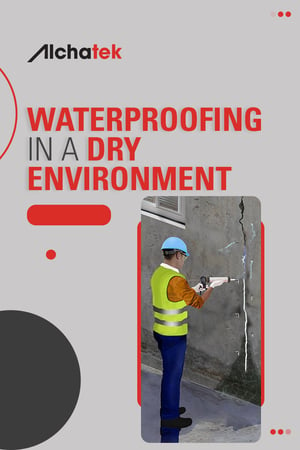 If you're a leak seal contractor, you may be familiar with this situation: A property owner with leaking concrete calls you up and says, "Hey, everything is dry right now, so I want to get someone out here to go ahead and waterproof the structure." Attempting a waterproofing job when the structure is completely dry is not recommended.
If you're a leak seal contractor, you may be familiar with this situation: A property owner with leaking concrete calls you up and says, "Hey, everything is dry right now, so I want to get someone out here to go ahead and waterproof the structure." Attempting a waterproofing job when the structure is completely dry is not recommended.




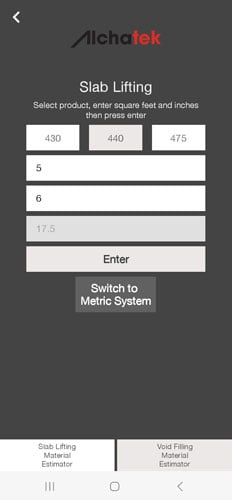
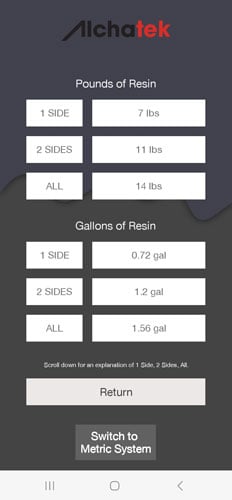

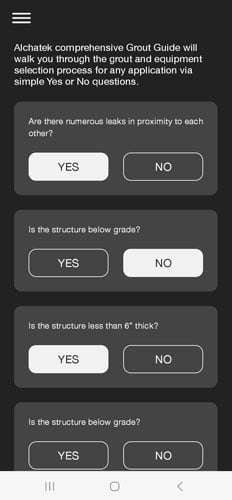
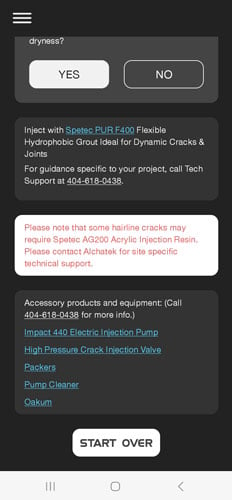

 Polyurethane grouting is a complex process that involves numerous specifications and guidelines. However, amidst the vast amount of information, there are five fundamental rules that lie at the core of all successful polyurethane grouting projects. We will explore these rules, highlighting their significance in achieving desired outcomes.
Polyurethane grouting is a complex process that involves numerous specifications and guidelines. However, amidst the vast amount of information, there are five fundamental rules that lie at the core of all successful polyurethane grouting projects. We will explore these rules, highlighting their significance in achieving desired outcomes.
 In this article, we’re comparing the use of epoxies and polyurethanes for waterproofing. This is not a battle of good versus evil, but rather a discussion about their differences and when to use each type of material.
In this article, we’re comparing the use of epoxies and polyurethanes for waterproofing. This is not a battle of good versus evil, but rather a discussion about their differences and when to use each type of material.
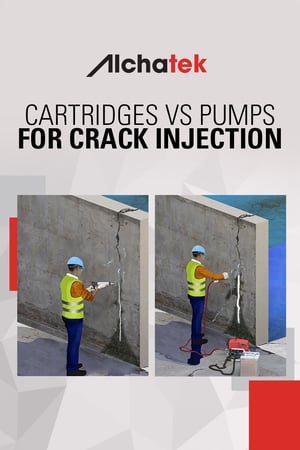 A question that often comes up in our line of work is whether a cartridge can be used to inject cracks, specifically leaking cracks in concrete. The answer is a resounding yes...depending on the situation. In some cases, an
A question that often comes up in our line of work is whether a cartridge can be used to inject cracks, specifically leaking cracks in concrete. The answer is a resounding yes...depending on the situation. In some cases, an 
 Today, we delve into the technicalities of hydraulic cement and crystalline cement versus polyurethane grout for leak seal injection. This article aims to provide you with detailed, actionable information to guide your decision-making process.
Today, we delve into the technicalities of hydraulic cement and crystalline cement versus polyurethane grout for leak seal injection. This article aims to provide you with detailed, actionable information to guide your decision-making process.
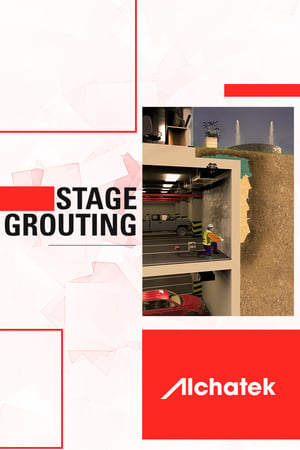 In the realm of grouting, patience and a methodical approach are key to achieving optimal results. This is particularly true when it comes to the concept of stage grouting, a technique that ensures effective curtain grouting with polyurethane.
In the realm of grouting, patience and a methodical approach are key to achieving optimal results. This is particularly true when it comes to the concept of stage grouting, a technique that ensures effective curtain grouting with polyurethane.
